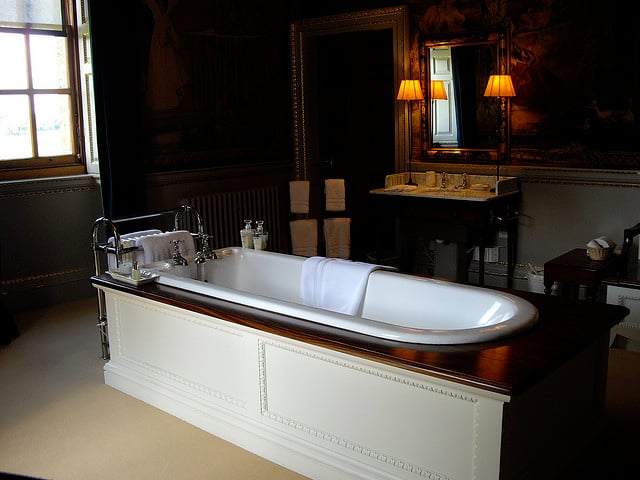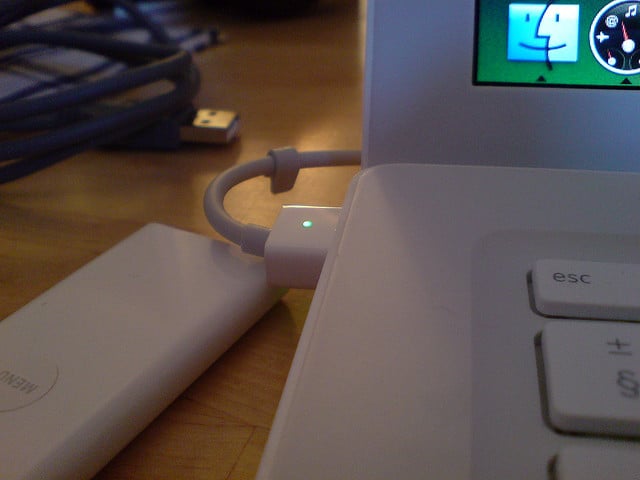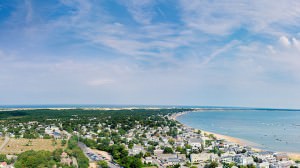Another great post by Scott.
Southie Leads Boston’s Development

By Scott Van Voorhis
Sure, Back Bay and Downtown Crossing may have all the new towers, but when it comes to overall development activity, South Boston is arguably the epicenter of the city’s development boom.
Southie currently has 42 projects either in the planning or approval stage, under construction, or recently opened. Most feature or include new apartment rentals, townhomes, or condos, according to the Boston Redevelopment Authority’s map of the Hub’s development scene.
The developments range from converted churches to brand spanking new buildings. The luxury West Square development at 320 D Street, which is still under construction, includes 259 apartments and 143 parking spaces.
If you throw in another 22 projects happening in the South Boston Waterfront, including the multibillion-dollar Seaport Square development , the number rises to 64 – three times or more than any other city neighborhood.
Not that super hot neighborhoods like the Back Bay (11 projects) and South End (19 projects), are any slouches either.
Back Bay and neighboring Downtown include plans for the three poshest and tallest towers even built in Boston: one still in the planning in Copley Square, and construction underway at the 61-story Four Seasons Tower and the 60-storyMillennium Tower.
“There has been a big shift in our city,” said Tracy Campion of Campion & Co., the brokerage in charge of the building’s sales. “Back Bay and Beacon Hill are bursting out of their seams.”
Other neighborhoods are also seeing a big surge in development.
East Boston may now be one of the hottest new neighborhoods in terms of big projects outside of South Boston.
A trio of grand waterfront developments is in the works for the neighborhood’s once hardscrabble waterfront, including 400 new apartments and condos at Clippership Wharf.
Charlestown’s real estate market heated up a couple decades ago, much like Eastie’s is doing now. The Charlestown boom continues, with plans for 85 new residential units and public space on the first floor at Pier 5.
Fenway is another neighborhood in the middle of a dramatic transformation, from a gritty student alcove to one of the more exciting places to live in the city.
With building sites scarce in the densely packed neighborhood, developers are pushing to span the Massachusetts Turnpike with ambitious air-rights projects.
Developer John Rosenthal is lining up financing for Fenway Center , a $550 million apartment and retail project proposed for an air-rights platform over the Massachusetts Turnpike by Fenway. Plans for Parcel 7 air-rights include a seven-story residential building and a 22-story residential and office tower.
Near the Hynes Convention Center and the Berklee College of Music, New York-based Peebles Corp. is pushing plans for a $330 million air-rights project at Parcel 13, including 88 condos, a hotel and shops.
Often overlooked, Dorchester now has 20 major projects in the works, including a proposal for for 275 residential units and 143 parking spaces at 25 Morrissey Boulevard by the JFK/UMass T station, while St. Kevin’s redevelopment, now underway, features 80 affordable units.
Brighton has 21, including 1505 Commonwealth Ave., a proposal to convert an office building into 85 residential units. Allston’s 15 projects include a new proposal for 87 apartments, ground floor retail, and 66 parking spaces at 37-43 North Beacon Street.
Meanwhile, Roxbury has 20 big projects in the pipeline, a number that includes 102 residential units in two buildings in the first phase of Bartlett Place , along with 16,839 square feet of commercial space and a garage with 130 spaces. When the build out is complete, the entire development will have 323 residences.
Last but not least, Jamaica Plain has 16 new projects, including The Commons at Forest Hills Station, which calls for 283 new residential units at the former Hughes Oil site. Demolition work began last fall.













